Introduction: The Power of Small Shifts in Recruitment
Recruitment is often viewed as a game of scale. Bigger job boards, new applicant tracking systems, AI-powered sourcing tools — the industry is flooded with promises of revolutionary changes. Yet, at Donato Technologies, an IT staffing leader, we’ve learned that sometimes the most effective transformations don’t come from massive overhauls.
This month, we discovered that a simple shift from job postings to talent messaging made a dramatic difference in how we connected with candidates. It wasn’t about buying expensive tools or reimagining our entire hiring funnel. Instead, it was about changing our approach: moving from broadcasting opportunities to engaging in genuine conversations.
This is the story of that shift, why it worked, and how it could reshape the future of recruitment — not just for Donato Technologies, but for staffing firms and in-house hiring teams everywhere.
The Shift: From “Job Posting” to “Talent Messaging”
For years, like many staffing companies, we leaned heavily on polished job descriptions. We optimized them for search engines, posted them across platforms, and waited for candidates to apply.
But this month, we tried something different. Instead of focusing on “we have a role, are you interested?” we shifted toward “we’ve noticed your work, and we believe your skills could thrive in a team building the future of IT.”
This wasn’t a new CRM. It wasn’t a shiny automation tool. It was a deliberate change in tone, personalization, and intent.
At Donato Technologies, this small adjustment changed the way candidates perceived us. Suddenly, our outreach wasn’t a sales pitch — it was a recognition of their value.
Why This Small Change Matters
So why did this approach deliver better results than traditional job postings?
1. Engagement Over Volume
Generic job postings cast a wide net but rarely capture genuine attention. Talent messaging, on the other hand, sparks curiosity and encourages dialogue, especially with passive candidates.
2. Recognition Over Recruitment
People don’t want to feel like they’re one of many in a database. They want to feel recognized. A message that says, “We see you, we value your skills,” resonates more than “We have an opening, apply now.”
3. Trust in a Transactional Market
The hiring market is flooded with cookie-cutter outreach. By standing out with thoughtful, human-first communication, recruiters at Donato Technologies built stronger trust and credibility.
The Results We Saw at Donato Technologies
This small but intentional change led to outsized results for our IT staffing team.
-
Higher Engagement Rates: Passive candidates, who typically ignore job postings, responded positively to personalized outreach.
-
Stronger Candidate Relationships: Conversations felt authentic, laying the groundwork for long-term connections.
-
More Referrals: Even candidates not looking for new roles referred colleagues, simply because they appreciated the respectful tone.
-
Better Cultural Fit: Deeper, early-stage conversations revealed more about candidates’ values and aspirations, ensuring stronger alignment with client needs.
In short, we moved from a “spray-and-pray” model to precision engagement.
Why It Works: The Psychology of Talent Messaging
At its core, this shift works because of a simple truth: people don’t want to be recruited — they want to be recognized.
Here’s why recognition beats recruitment every time:
-
Personal Validation: When candidates see that their work has been noticed, they feel valued, not targeted.
-
Trust and Curiosity: Personalized outreach feels genuine and invites curiosity rather than skepticism.
-
Differentiation in the Noise: Amid hundreds of LinkedIn InMails and job ads, a thoughtful message stands out.
This isn’t just about hiring; it’s about relationship-building. And in staffing — especially IT staffing — relationships are everything.
How to Apply Talent Messaging in Recruitment
If you’re ready to try this approach in your own hiring process, here are practical steps to get started:
1. Personalize Beyond Names
Avoid messages that just drop in a candidate’s name. Instead, reference their recent work, an industry project, or a shared connection.
2. Focus on the “Why”
Explain why the candidate’s profile caught your eye and why the opportunity could be meaningful for them — not just for your company.
3. Replace Automation with Intention
Templates and automation save time but cost authenticity. Even a short, thoughtful message can outperform a polished auto-generated note.
4. Frame Outreach as a Conversation
Ask, don’t assume. Instead of saying, “We have a role for you,” try “Would you be open to exploring where your skills could have impact?”
At Donato Technologies, these principles have become central to our recruiter training. They’re simple, scalable, and — most importantly — effective.
The Bigger Picture: Rethinking Recruitment for the Future
Recruitment has always been about more than filling seats. It’s about building relationships that last.
The shift to talent messaging reflects a larger trend in workforce solutions: human-centered recruitment. Companies that prioritize recognition, personalization, and dialogue will consistently attract top talent, even in competitive industries like IT.
At Donato Technologies, we see this as part of a broader evolution. The future of hiring isn’t about faster pipelines or bigger databases. It’s about authentic connections that lead to sustainable success.
FAQs About Talent Messaging in Recruitment
1. How is talent messaging different from job postings?
Talent messaging is a personalized outreach approach focused on recognition and dialogue, whereas job postings broadcast openings to a wide audience.
2. Does this approach take more time?
It can, but the improved quality of responses and stronger relationships offset the extra effort. At Donato Technologies, our recruiters saw faster placements because conversations moved more smoothly.
3. Can talent messaging be scaled?
Yes. While every message should be unique, creating frameworks for personalization makes the process efficient without losing authenticity.
4. What industries benefit most from this approach?
Although effective across all sectors, industries like IT staffing see particularly strong results because top talent is often passive and harder to reach through traditional postings.
5. How does this help with cultural alignment?
Early personalized conversations allow recruiters to learn about candidate values and preferences, making it easier to match them with companies where they’ll thrive.
6. Do candidates actually prefer this over traditional recruiting?
Yes. Many candidates report feeling more respected and more willing to engage when contacted through thoughtful, value-driven messaging.
Conclusion: One Shift, Big Impact
The recruitment industry is constantly evolving, but not every solution requires a new platform or a massive budget. Sometimes, it’s the smallest shifts that bring the biggest results.
At Donato Technologies, moving from job posting to talent messaging allowed us to deepen connections, strengthen candidate trust, and deliver better results for both clients and talent.
If your hiring strategy feels stuck, start here. Swap the template for a conversation. Replace automation with intention. Recognize talent instead of recruiting it.
The difference may be simple, but as we’ve learned, it can change everything.
Ready to rethink how your business hires? Explore Donato Technologies’ workforce solutions and discover the future of IT staffing.


